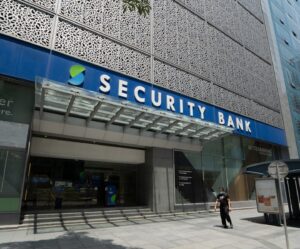Menu
- Daily
Warner Bros. Discovery to Split Into Two Companies to Strengthen Streaming Strategy
CNN Global Networks, David Zaslav streaming division, Featured, Gunnar Wiedenfels Warner Bros, HBO Max expansion, media industry transformation 2025, Warner Bros Discovery split 2025, Warner Bros Discovery stock surge, Warner Bros streaming strategy, Warner Bros two companies, Warner Brothers restructuring - National
Mang Tomas, Jufran, UFC Sauces Cleared by US FDA, Now Off Import Alert List
Featured, Filipino food products US clearance, Filipino sauces in US 2025, Jufran Banana Sauce US import, Mang Tomas import alert lifted, Mang Tomas Jufran UFC availability, Mang Tomas US FDA clearance, NutriAsia products US market, NutriAsia reformulated products, UFC Banana Sauce back in US, US FDA Import Alert 99-45Warner Bros. Discovery to Split Into Two Companies to Strengthen Streaming Strategy
CNN Global Networks, David Zaslav streaming division, Featured, Gunnar Wiedenfels Warner Bros, HBO Max expansion, media industry transformation 2025, Warner Bros Discovery split 2025, Warner Bros Discovery stock surge, Warner Bros streaming strategy, Warner Bros two companies, Warner Brothers restructuring - International
Trump Slams Musk Over Tax-Cut Bill Opposition, Says “Very Disappointed”
Donald Trump Big Beautiful Bill, Elon Musk leaves Trump admin, Elon Musk tax-cut bill criticism, Featured, Government Efficiency Department Musk, Musk federal deficit concerns, Tesla stock drop Trump, Trump disappointed in Elon Musk, Trump EV credit removal, Trump Musk feud 2025, Trump vs Musk latest newsHotel101 to Develop 10,000 Affordable Rooms in Saudi Arabia Under $2.5B Expansion Deal
affordable hotel chain Saudi Arabia, DoubleDragon hotel project, DoubleDragon Nasdaq listing, Edgar Injap Sia II Hotel101, Featured, global condotel model, Hannah Yulo-Luccini, Hotel101 Horizon Group partnership, Hotel101 Medina Riyadh Jeddah, Hotel101 Saudi Arabia expansion, Vision 2030 tourism Saudi - Editorial
- Next Negosyante
- Crypto News





















Comments are closed for this article!